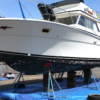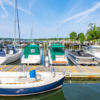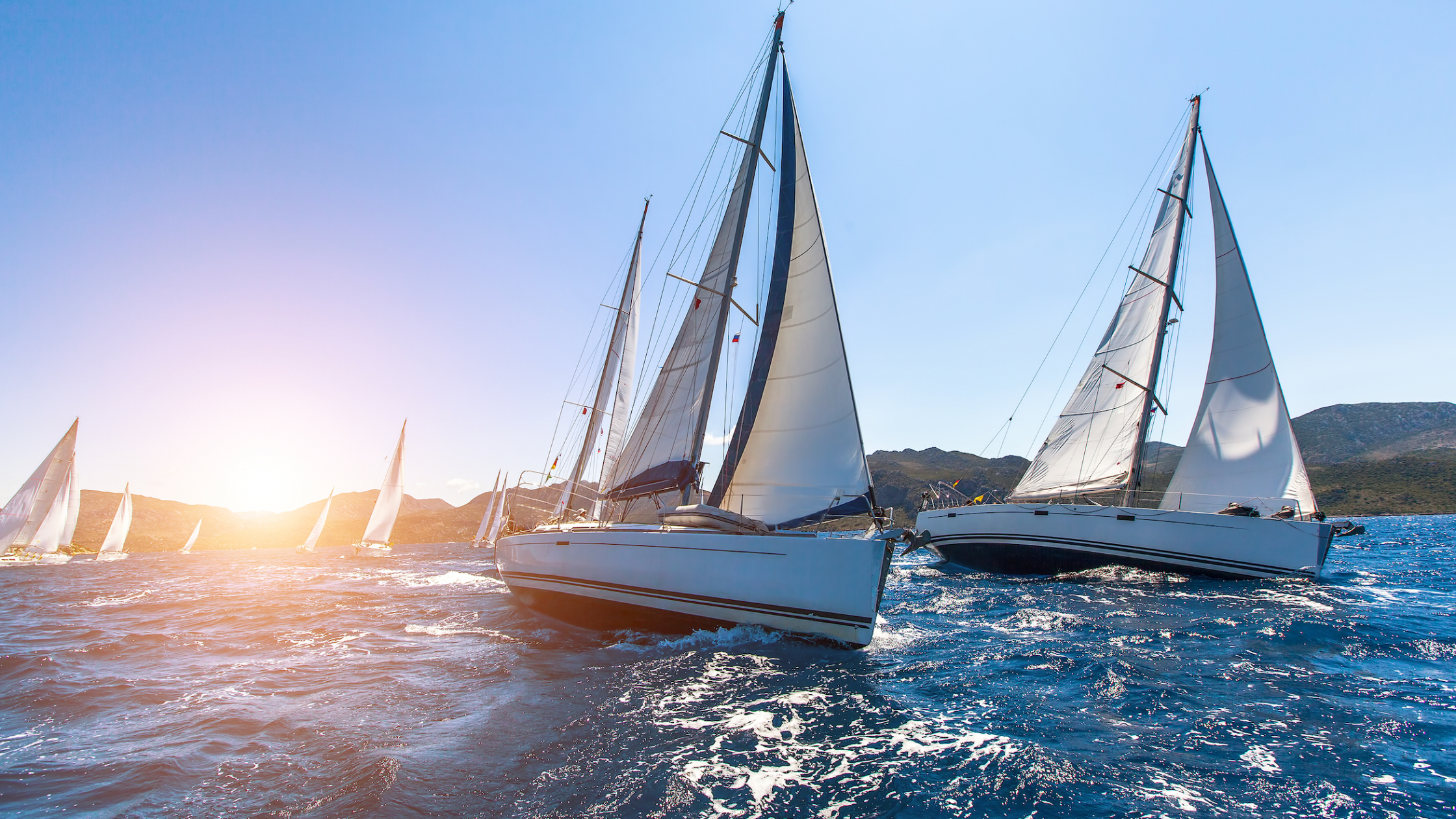
Whether you’re a skilled sailor or a novice navigating the waters, exploring the world of boat sails enriches your maritime journey. Understanding diverse sail types, from the formidable mainsail to the agile headsails, along with grasping the materials and their specific purposes, elevates your sailing adventure.
Boat sails are foils. They’re usually made of a textile and are attached at the forward end or “luff” to a mast or a wire stay. They act like airplane wings set vertically rather than horizontally. A boat can have numerous sails made of various kinds of materials, and each sail has a purpose and best use.
Headsails
Sails ahead of the main mast are appropriately named “headsails.” They’re cut with a curve that makes areas of high and low pressure as the air moves along the front and back surfaces, and this creates lift or “suction” that is responsible for momentum when going upwind.
There are many different styles of headsails, each designed for specific sailing scenarios:
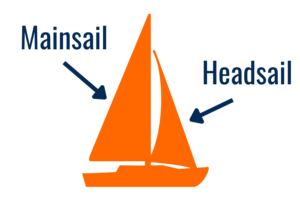 -A small triangular sail is a jib, and its larger cousin is the genoa.
-A small triangular sail is a jib, and its larger cousin is the genoa.
-A very small sail is a storm jib and is used in heavy air to propel the boat without overpowering it.
-Flat headsail sails are primarily used for upwind or on-the-beam (wind from the side) sailing although they can be let out to create a large “belly” to push rather than pull the boat forward.
-A staysail is usually rigged aft of the genoa in the foretriangle. It’s significantly smaller than a genoa and may be on its own furler to be used in heavier wind but not as heavy as appropriate for a storm jib.
-A self-tacking jib has a transverse track ahead of the mast to tack or change direction easily with only one control sheet needed.
Downwind headsails come in various shapes and sizes, and they’re generally sewn from lighter materials so they fly more easily. The wind coming from behind the boat pushes these sails and the boat forward.
-A large symmetrical spinnaker captures lots of air and has loose edges.
-An asymmetrical spinnaker or gennaker is attached on one side at the bow and has an off-center clew. It’s easier to manage than a symmetrical spinnaker because it doesn’t require using a pole.
-A Code 0 is a large sail somewhere between a genoa and an asymmetrical spinnaker and is usually fixed to its own removable furler.
A screecher is a Code 0 used on catamarans, and it’s cut flatter to accommodate the geometry of multihull designs.
Mainsails and mizzen sails
A mainsail is a large triangular sail attached to the main mast and boom while a smaller mizzen sail is attached to an aft mast and boom.
-A mainsail has quite a bit of driving power and can be loose footed or run in a groove along the boom.
-Mainsails will often have horizontal battens to help them keep their shape in light winds. However, if the main furls into the mast, battens are either vertical or not at all.
-A main on a catamaran may not be exactly triangular but will have extra square footage up high to capture more wind. Then it’s called a “square top” or “fathead” sail.
Mizzen sails are set on ketch-rigged boats that were popular split rig configurations 20 or more years ago.
Less common sails
Old–school tall ships may carry rectangular sails on horizontal spars while a cat rigged boat will carry only one sail that acts as both a headsail and main.
Sail materials
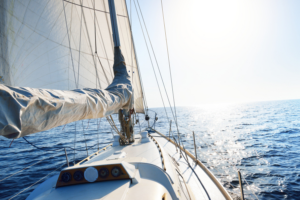
White Sailboat Sailing, with a close up view of the bow and sails | Credit Aastels on Shutterstock
Sail materials vary according to the sail’s intended use, owner preference and budget.
-Dacron polyester is the most common sail material. It’s relatively affordable and durable even in UV light and is great for long-term exposure when cruising. It’s used for both headsails and mainsails.
-Laminate sails are made of multiple textile layers bonded together. They’re performance sails that resist stretching and are lighter than Dacron for better upwind performance. They’re also more expensive and prone to molding in between the layers.
-Kevlar or carbon-reinforced sails are strong and lightweight and used for sail racing. They can withstand high loads without losing their shape or blowing out. They’re usually black and may be fiercely expensive.
-Nylon is lightweight and elastic and is usually used in downwind sails like spinnakers. Nylon sails are often colorful and can be sewn with patterns or logos.
-Mylar polyester film is usually transparent and is used on smaller boats like sailing dinghies.
These are the most common sails and materials used on modern sailboats. Lots of other types of sails are available, but if you master the above upwind and downwind headsails and good use of the mainsail, you’ll be flying across the water in no time.




